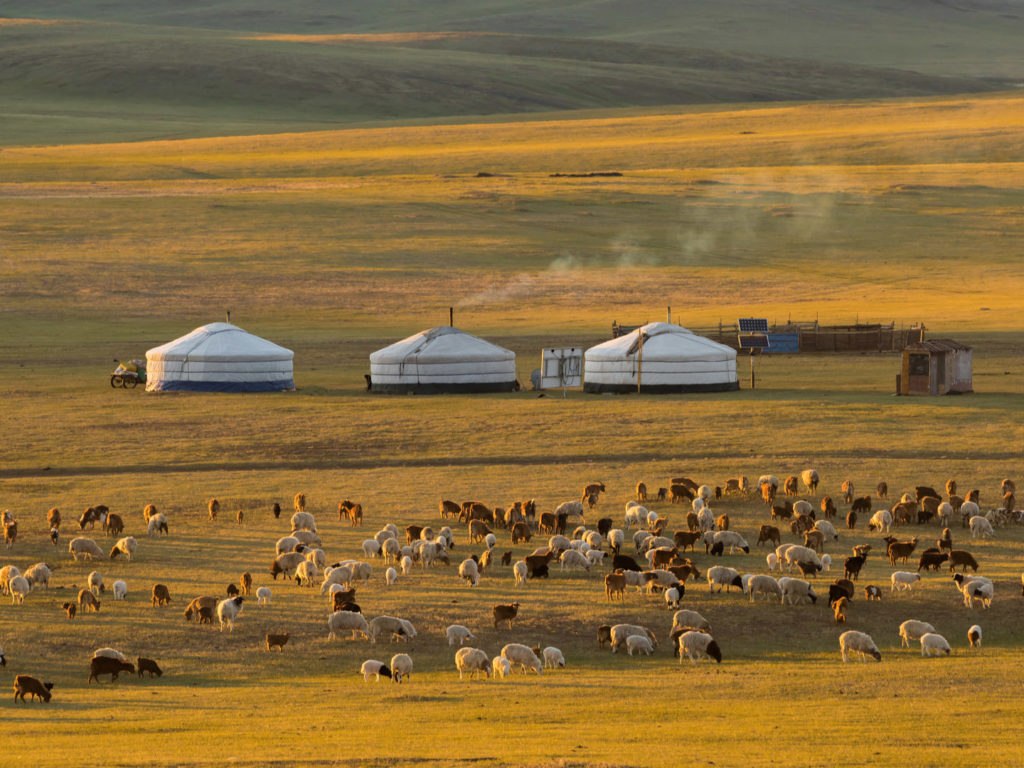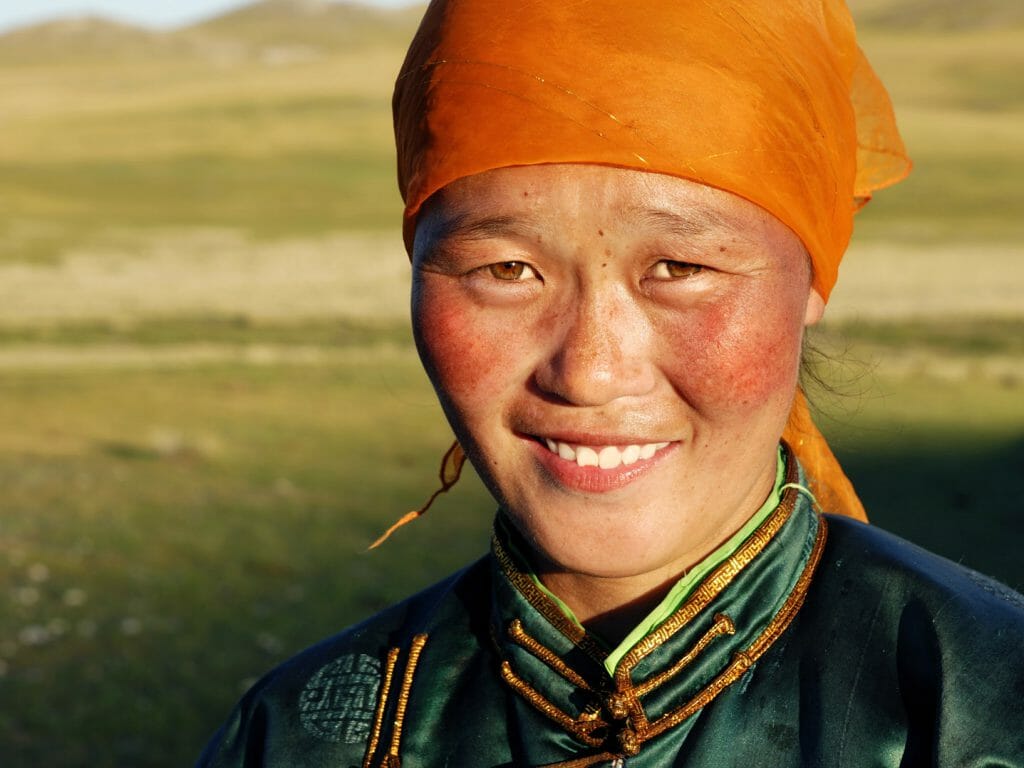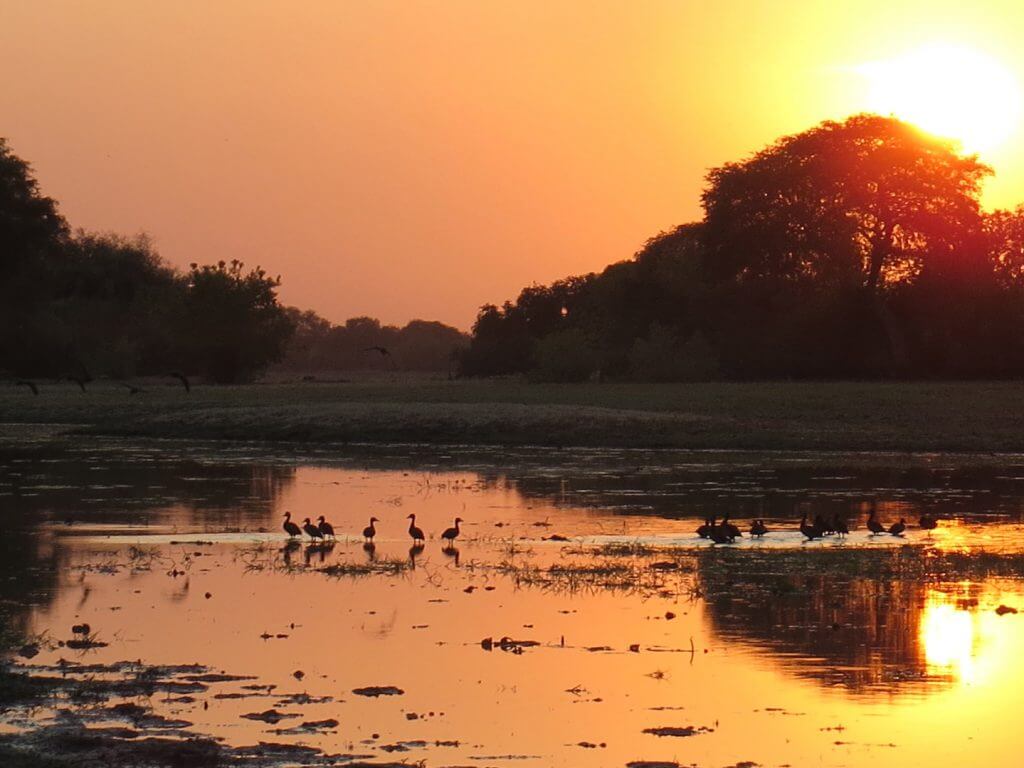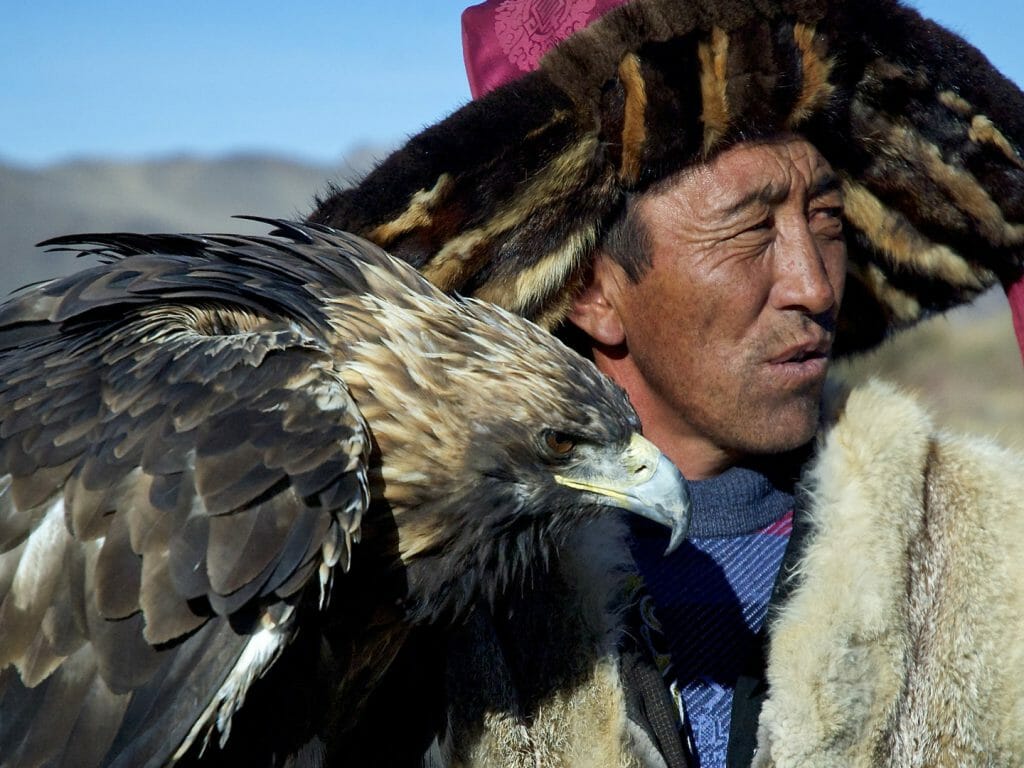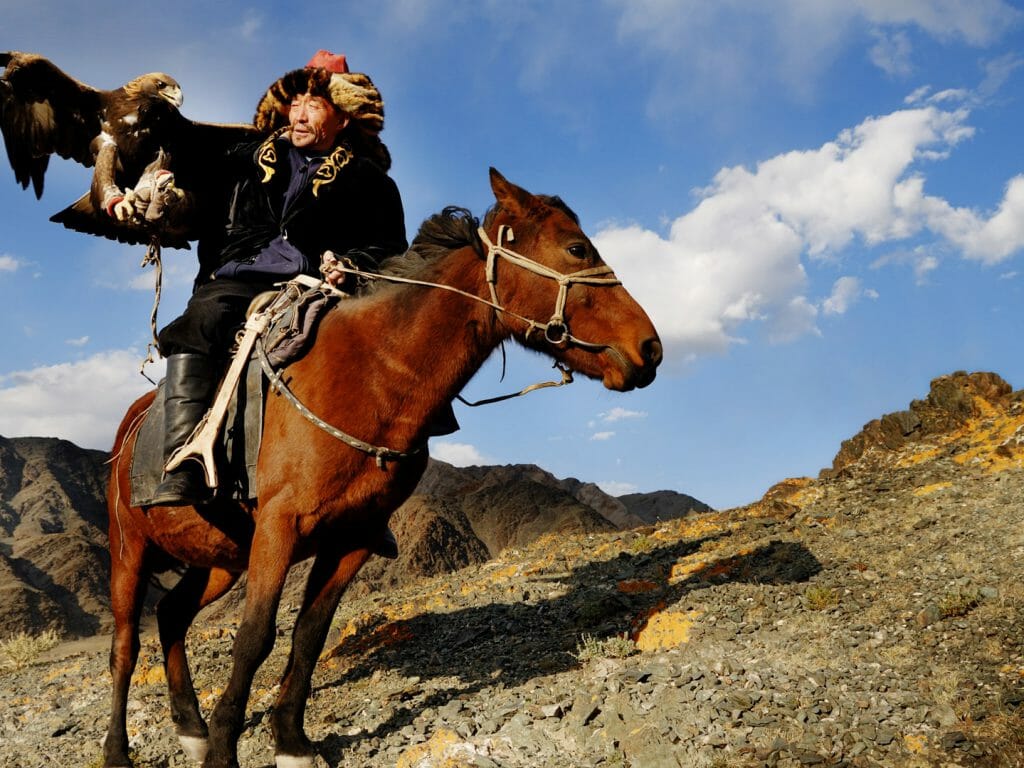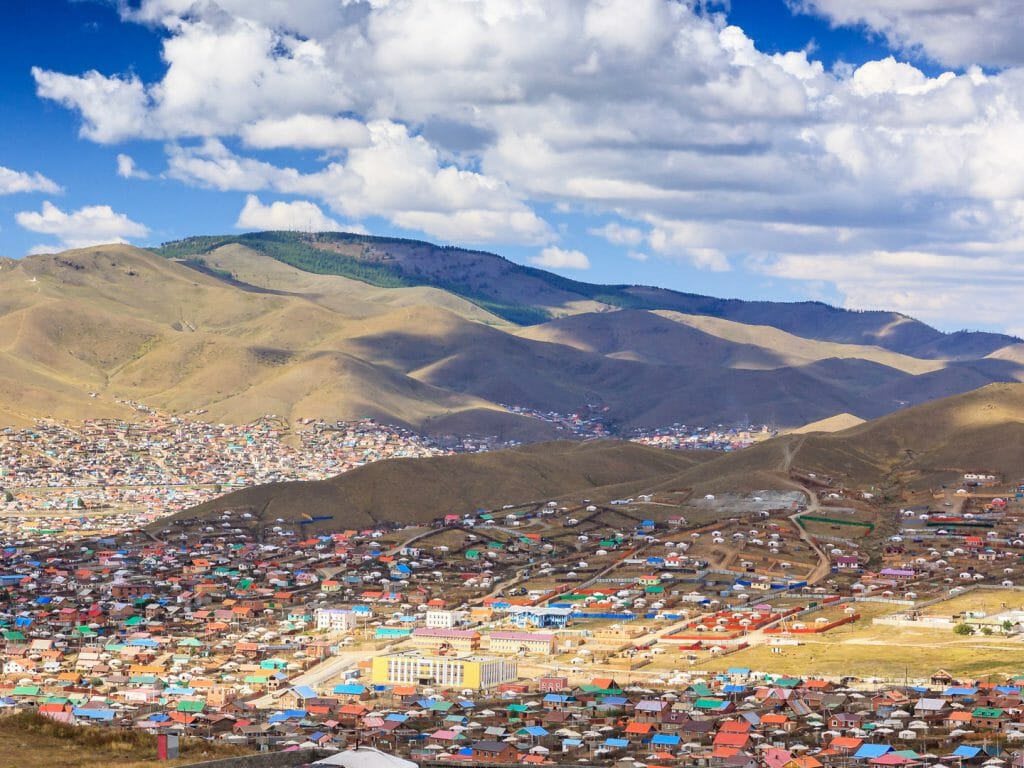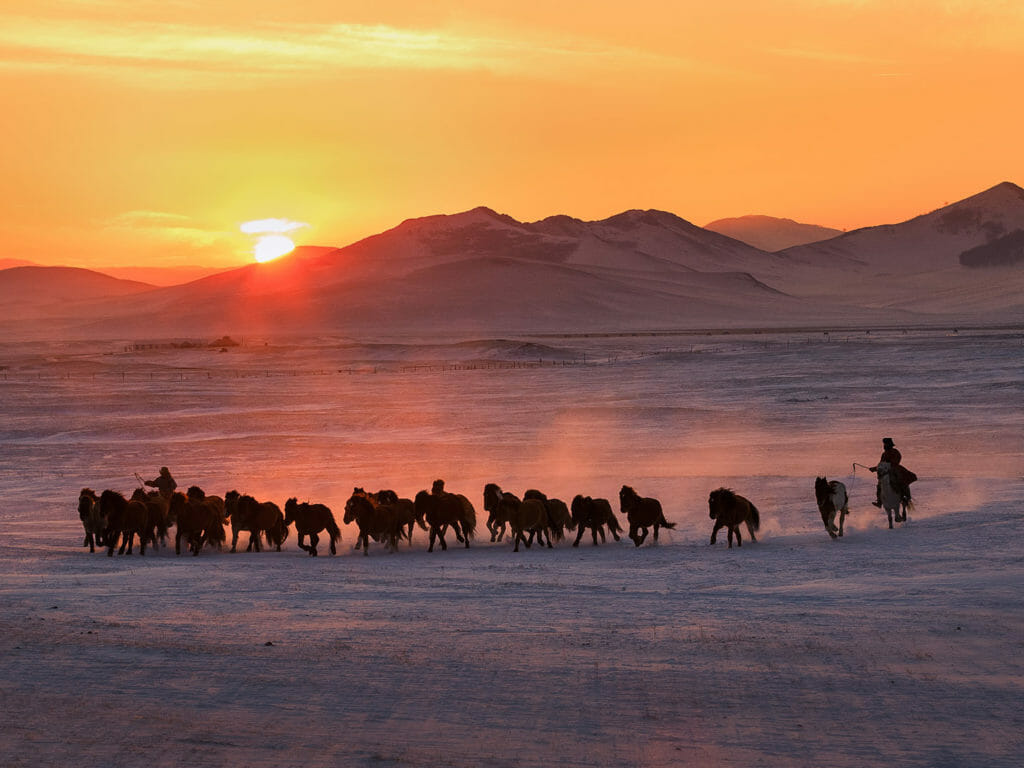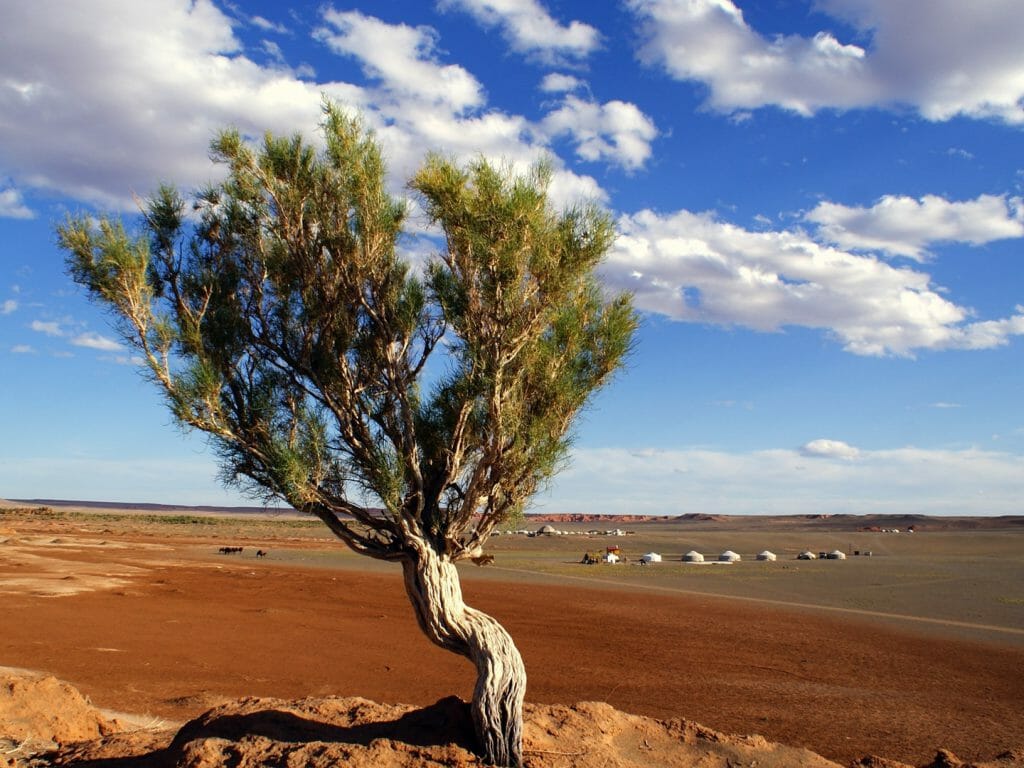“When did you last see your grandparents?”
“Many, many months ago.”
I look surprised. “But Boya, you have a young baby daughter? Do they not want to see her?”
Boya, my Mongolian guide, replied somewhat defensively, “But I speak to her (his grandmother) every week.” He added apropos nothing, “She has wisdom.”
I had just spend a remarkable few days with Boya in the company of Kazakh eagle hunters in the far west of Mongolia. We had not seen another soul for days on end – we were truly at the ends of the earth. We had been in the land of endless blue skies. We had experienced the classic rolling hills of central Mongolia, space, fluidity, landscape. The landscape was epic and empty. Our only form of transport the horse, Chinghis Khan’s limousine. My limited equestrian ability took succour in the Mongolian adage ‘Don’t be arrogant, even Chingis Khan fell’. It was life-affirming.
We had then got on a plane, an ancient Fokker, to fly back to the capital, Ulaanbaatar (or UB as it is known). A four hour flight in which I saw nothing except spectacular scenery – Mongolia is one of the most sparsely populated countries in the world, a land of desert, dizzying expanses and blue skies.
Except in Ulaanbaatar which is shrouded in smog. Twenty years ago the population of UB was 400,000 and now it is 1.5 million. With the collapse of the Soviet Union in 1989, 27% of the population lived in UB. Today more than 50% of the population live in UB, meaning that more than half of Mongolia’s 2.8 million population live in 5,000 square kilometres of its 1.6 million square kilometres total.
Why this influx to the capital? Not so much a desertion of an ancient nomadic way of life but a number of bitter winters known as a zud which killed the nomads’ livestock. Over ten years ago there were 30 million livestock in Mongolia but 60% were lost in the winters of 2003 and 2004 and some more recently. The nomads had no choice but to pack up and move to the capital.
Yet they were not to give up their traditional life easily – ger translates as home and is their life, their symbol of freedom and hence the saying ‘if you can’t fart in your own ger your life sucks’.
Thus today 60% of UB’s population lives in the ger city a unique fusion of past and present. Small drab dirt plots demarcated by wooden fences and containing a small red brick building with corrugated iron roof and also a traditional ger. The Mongolian proverb, “Don’t forget your grandmother was born in a ger” still holds sway. The fires and stoves within a ger are not a problem on the plains of Mongolia but in the ugly concentration of UB they are an altogether different and contaminating prospect.
It was with this background that we struggled through the smog to meet Boya’s grandparents. Boya weeping and coughing – maybe this is why he does not visit the grandparents with whom he grew up. Whilst both his parents practised medicine in UB, Boya’s childhood and adolescence was spent with his grandparents leading a largely nomadic way of life.
His grandparents had moved to the ger village four years ago – the government gave everyone half a hectare of land to compensate for the loss of livestock. We took off our shoes and entered their house and were ushered into a simple room decorated by two proud photographs of the family. In the background a large sixty inch TV screen. Off this room were two bedrooms one of which contained a small shrine. Yurt. A small tv, fridge, freezer and washing machine. Eleven year old daughter doing her homework in the corner. Even here, as tradition and the harsh northerly winds dictate, the door faces south.
Grandmother (Togootsezen) was a midwife. Grandfather (Ishdorj) a commercial engineer. A tattoo on his left arm a mark of military service. She is a strong woman. She talks quickly, she talks easily. The antithesis of her laconic husband. She grew up in a nomadic lifestyle. Even when she was older she was an ambulance woman riding from ger to ger.
His grandparents speak no English and thus Boya was translating into Mongolian, a language crafted from centuries of coaxing and cajoling camels, horses and livestock.
“Why did you come to the city?”
“Retired. Family. No livestock.”
They had lost 200 sheep and goats, 100 cows and 20 horses. The animals died because of the snow – it was so deep that they could not reach the grass. Also because the cold froze their lungs.
“Would you go back?”
“We have no livestock.”
How do you respond to that? A change of tack in my line of questioning.
“How do you spend your time?”
“Doing chores around the house. Spending time with the grandchildren. Knitting.”
And to Boya’s grandfather, “What do you watch on TV?”
“Sport,” was his laconic reply.
Back to his more responsive grandmother, “What do you miss?”
“I miss the ground under my feet. The feel of grass. The sense of space. In the city there is nothing.”
“Except smoke. How do you find the smoke?”
“The smoke is not good. It smells. You can’t see.”
But there is some light at the end of the tunnel, according to her. “The government will sort it out. They will use the experience of other countries to make a better future.”
“And what of the future?”
“The nomadic lifestyle must remain.”
Boya’s grandmother does have wisdom. I am not sure how widespread that wisdom is. The government does offer grants for people to go back to the countryside but without livestock this has little appeal. The government needs to do more – it is now or never as already city children have a fear of animals.
Nomadism will not be lost forever, vestiges will remain, but it will be very different.


